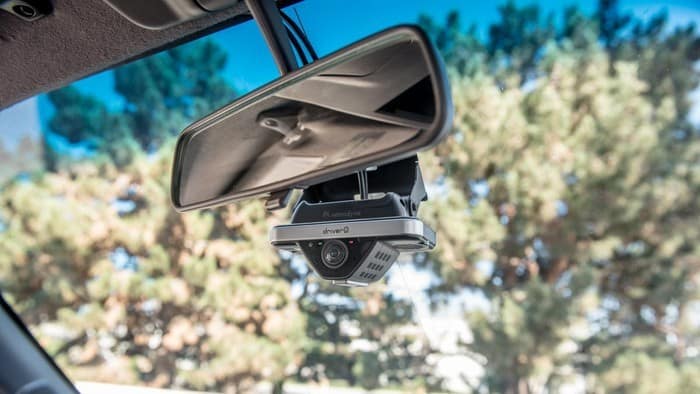This article was originally published on Fool.com. All figures quoted in US dollars unless otherwise stated.
A month after Amazon.com Inc (NASDAQ: AMZN) began outfitting its vans with new surveillance cameras equipped with artificial intelligence (AI) to keep a watchful eye on its drivers, the company is reportedly demanding that its drivers either agree to be monitored biometrically while in the vans or get fired.
Motherboard, a tech news website, reports that 75,000 US delivery drivers, as a condition of employment, are being given a consent form to sign acknowledging they agree to facial recognition and the collection of biometric data while driving company-branded vans. Amazon says the cameras are to improve driver safety.
The consent form says that to deliver packages, drivers must agree to have the vehicle tracked for location, movement, speed, acceleration, braking, turns, following distance, and more.
Earlier this year, Amazon posted a video to Vimeo to alert its delivery contractors it was installing Netradyne Driver-i cameras in its branded delivery vans, giving it a 270-degree view to monitor drivers and detect potentially risky behaviour. Incidents that trigger the cameras, such as running a stop sign or taking a corner too hard, are uploaded to Amazon's cloud for review.
Motherboard reports the onboard AI can detect if a driver yawns, appears distracted, or isn't wearing a seatbelt. Because of the intrusive nature of the surveillance, drivers are reportedly quitting rather than be constantly monitored. Congress has also recently questioned Amazon about its concerns over driver privacy.
Amazon Logistics delivered around 5.1 billion packages in 2020, which was just slightly fewer than the 5.3 billion that United Parcel Service Inc (NYSE: UPS) delivered, and half the total volume of all packages delivered for Amazon last year.
Most Amazon drivers don't actually work for the company. Instead, they are employed by third-party contractors that Amazon encouraged to start their own delivery business through its delivery service partner (DSP) program.
This article was originally published on Fool.com. All figures quoted in US dollars unless otherwise stated.








